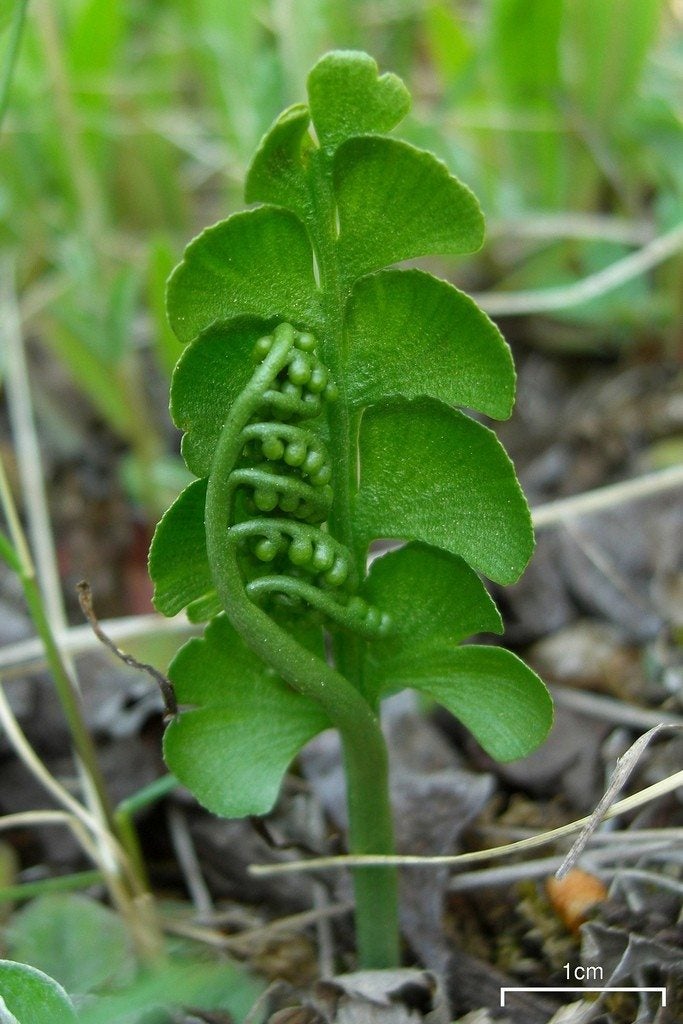Moonwort Fern Care: Tips For Growing Moonwort Ferns


Growing moonwort ferns add an interesting and unusual element to the sunny garden spot. If you're not familiar with this plant, you might wonder “what is moonwort?” Read on to learn more. Growing moonwort ferns are not commonly found in domestic gardens, as they are difficult to locate in nurseries and garden centers. Even in the wild, botanists sometimes have trouble finding the small plant. If you find one though, moonwort fern care is fairly simple once the plant is established.
What is Moonwort?
Simply put, moonwort is a small, perennial fern, with leaflets shaped like a half-moon, hence the common name. Botrychium lunaria is of the Adder's-tongue family, and according to common moonwort information, this is the most commonly found specimen of the moonwort family in North America and Europe. The history of this plant indicates that it was once an element of witches' and alchemists' brews in centuries past. Pagans collected the plant by the light of the full moon, fearing its potency would be lost if gathered at another time. Don't confuse the common moonwort with the other plant that is sometimes called the same name, Lunaria annua. The easy to grow, money plant or silver dollar plant is totally different. B. lunaria, while small, is one of the bigger specimens of 23 known varieties of moonwort and one of the most commonly found in the wild. The plants rarely reach more than 3 inches (8 cm.) in height and often grow among taller grasses. The plant emerges as a single shoot, but is actually a combination of both a fertile and a barren stem. Leaflets on the plant are not called fronds as they are on other ferns. Common moonwort information also indicates that it's difficult to count wild plants, and thus, comment on moonwort fern care because much of this plant's activity occurs underground. Some years it does not appear above the ground, but continues developing beneath the soil surface.
Growing Moonwort Ferns
Most plants of the moonwort family are considered rare and many are endangered or threatened in some areas. Some are in peril. Common moonwort information, while not substantial in many areas, does provide a few tips of how to grow moonwort. Plants are rarely available, so gardeners may attempt growing moonwort from spores. This is a long and often difficult process. Growing moonwort fern is most likely to be successful by finding one that has volunteered in your area. Gardeners in the northern Midwest of the United States are most likely to find a plant growing, although growing moonwort ferns may appear in other areas. Mark the area and check back year after year. Or transplant a portion of the fleshy roots, along with the stems which have emerged. When moving moonwort, remove a good part of the surrounding soil to avoid disturbing the roots of this fern. Keep the soil slightly moist, never too wet or soggy. When learning how to grow moonwort, plant it in well-draining soil in sun or partial sun. Differing from other ferns, this plant cannot exist in full or even partial shade.
Sign up for the Gardening Know How newsletter today and receive a free copy of our e-book "How to Grow Delicious Tomatoes".

Becca Badgett was a regular contributor to Gardening Know How for ten years. Co-author of the book How to Grow an EMERGENCY Garden, Becca specializes in succulent and cactus gardening.